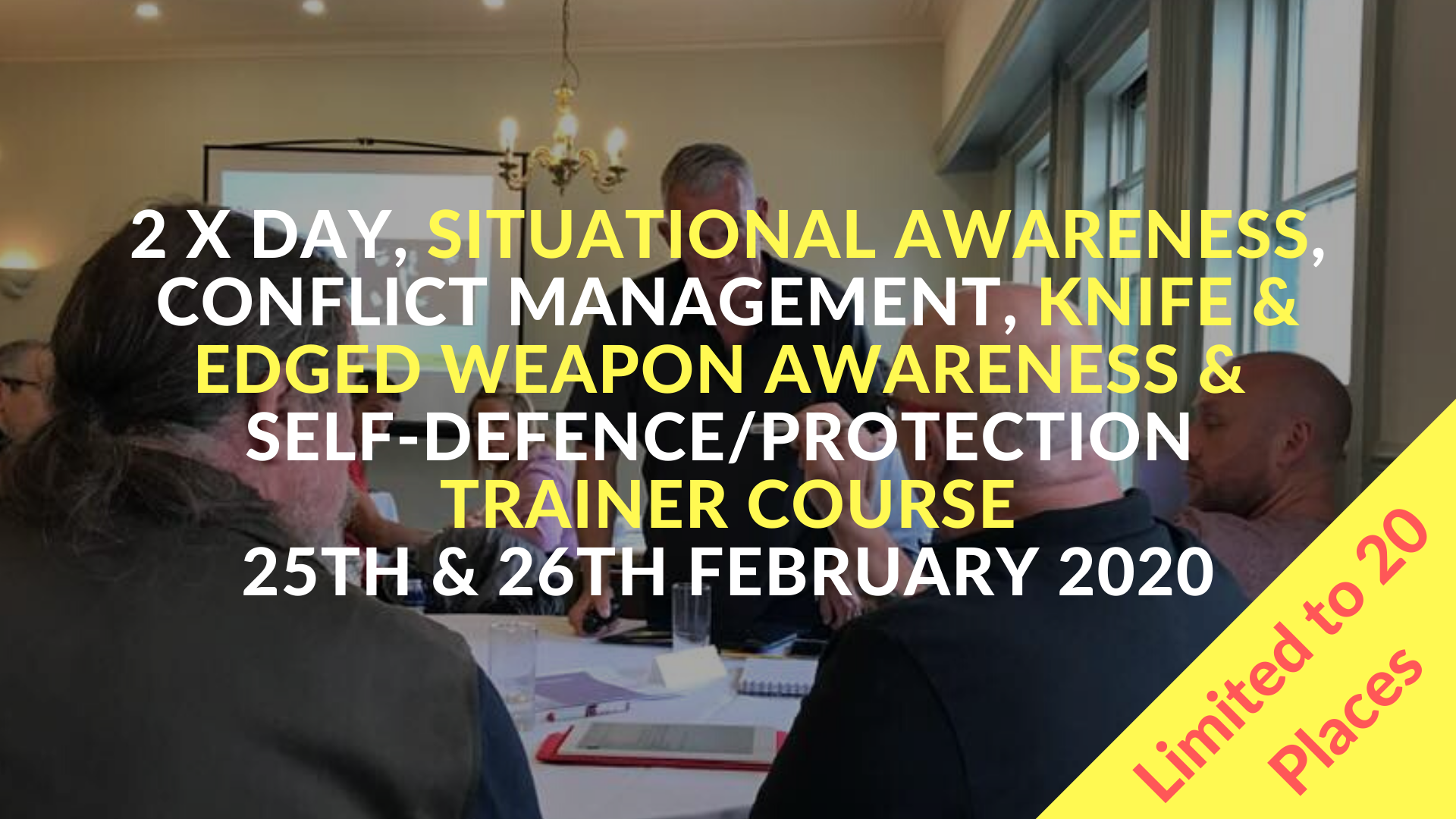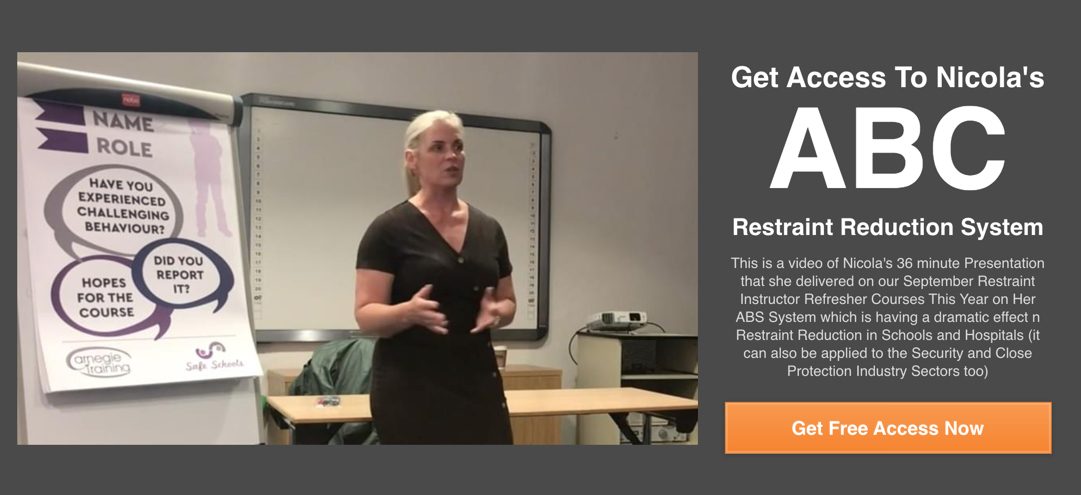The heading of this video is called ‘You Don’t Need Training Because You Can Use Force Under Common Law’, because during my career in my chosen field, spanning almost thirty years, I have heard the same statement in virtually every industry sector.
However, this statement is not only misleading, it is also illegal, and that’s what I intend to explain in this blog post.
But to do that fully we first need to understand the difference between the Common Law and Statute Law.



![The Reasons Behind Why NFPS Ltd Will Not Be Adopting The BILD_RRN_UKAS PI Accreditation Scheme [Video]-3](https://nfps.info/wp-content/uploads/2019/10/The-Reasons-Behind-Why-NFPS-Ltd-Will-Not-Be-Adopting-The-BILD_RRN_UKAS-PI-Accreditation-Scheme-Video-3.png)